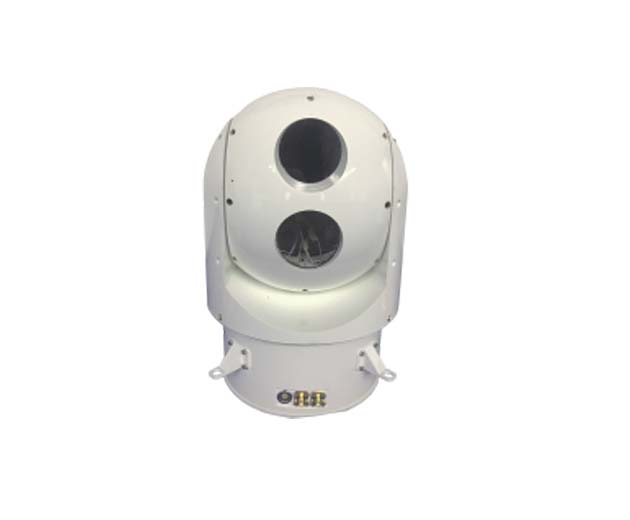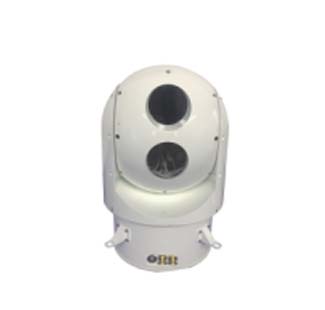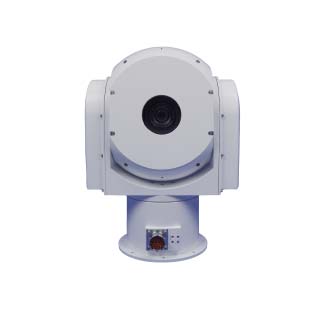A Unified Approach: Enhancing Security Across Borders
The Global Imperative: Land Surveillance in an Interconnected World
In an era marked by globalization and interconnectivity, the need for robust security measures extends far beyond national borders. Land surveillance systems have evolved to become integral components of a global security framework, contributing to the collective efforts to safeguard nations, assets, and citizens. This passage explores the global perspectives of land surveillance systems, highlighting their role in fostering international security collaboration.
Cross-Border Threats: The Challenge of Shared Security Concerns
As the world faces increasingly complex and interconnected challenges, traditional security measures are no longer sufficient. Transnational threats, such as terrorism, organized crime, and illicit trafficking, demand a collective and collaborative response. Land surveillance systems equipped with advanced technologies play a pivotal role in addressing these challenges, providing a means to monitor and respond to activities that traverse international boundaries. The ability to share real-time information and coordinate responses enhances the effectiveness of security measures, creating a network of interconnected defenses.
Interoperability and Standardization: Fostering Global Security Networks
One of the key considerations in the global perspective of land surveillance systems is the importance of interoperability and standardization. In a world where diverse nations employ different technologies and electro optical surveillance system, achieving seamless collaboration requires a common language. Efforts to standardize protocols, data formats, and communication channels ensure that land surveillance system from different regions can work in concert. Interoperability not only facilitates information sharing but also enables joint operations and responses, creating a unified front against shared security threats.
International Collaboration: Strengthening Security Bonds
Diplomacy and Information Exchange: The Bedrock of Global Surveillance Collaboration
Beyond technology, the success of global land surveillance systems hinges on diplomatic initiatives and information exchange. Countries must cultivate partnerships and agreements that facilitate the sharing of surveillance data and intelligence. Bilateral and multilateral collaborations enable nations to pool their resources, expertise, and insights, creating a collective security ecosystem that transcends individual capabilities. The exchange of information fosters trust and cooperation, laying the groundwork for swift and coordinated responses to emerging threats.
Humanitarian and Environmental Monitoring: Surveillance Beyond Security
The global perspective on land surveillance extends beyond traditional security concerns to encompass humanitarian and environmental monitoring. Surveillance systems play a vital role in disaster response, border control, and environmental protection. By leveraging surveillance technologies, nations can collaborate on addressing common challenges such as natural disasters, refugee crises, and environmental degradation. The application of surveillance for shared humanitarian and environmental goals underscores the versatility and impact of global land surveillance systems.
In conclusion, the global perspective on land surveillance systems reflects a paradigm shift in security strategies. As nations recognize the interconnected nature of security threats, collaborative efforts to enhance land surveillance capabilities have become imperative. The integration of technology, diplomatic initiatives, information exchange, and a broader focus on humanitarian and environmental concerns positions land surveillance systems as crucial tools for fostering global security. In an era where security challenges know no borders, the collaborative approach embodied by global land surveillance systems stands as a beacon of hope, offering a united front against the complexities of the modern security landscape.





